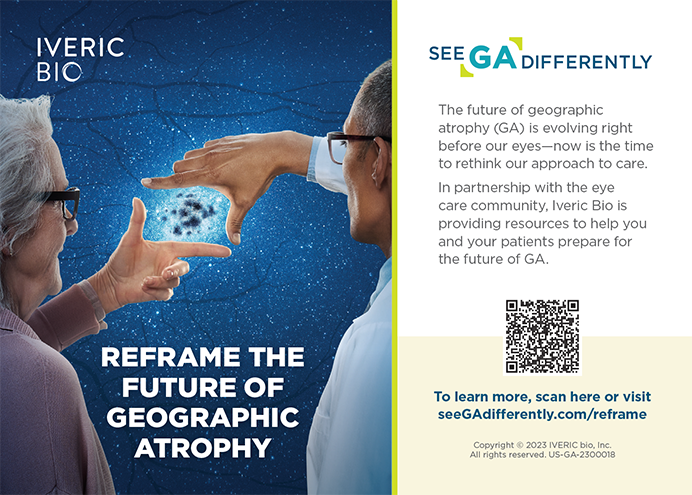At a recent meeting that I attended, four consecutive speakers referred to the new generation of multifocal and pseudoaccommodative IOLs by four different terms: premium IOLs, presbyopic IOLs, presbyopia-correcting IOLs, and refractive IOLs. When new technology hits the mainstream, it is not uncommon for it to go by a lot of different names. Then typically, over time, one term will bubble to the top by a process of natural selection. I am hopeful that, for these new IOLs, the time is now to adopt a single term.
The terms presbyopic IOL and the more accurate presbyopia-correcting IOL, although useful for the pseudoaccommodative and multifocal IOLs, obviously do not work for toric IOLs. In addition, these are difficult terms for patients (who are potential consumers, remember) to both understand and value. The term refractive IOL is commonly used throughout the ophthalmic community, but I personally have never seen the value of this term, because, well, aren't all IOLs refractive?
Many surgeons use the term premium IOL or the newer premium-channel IOL to indicate that these newer IOLs are somehow better than what is otherwise available and therefore worth paying extra for. In our practice, we have gotten away from using this term, however, because to the consumer, the term premium typically means little more than more expensive. For example, when asked, "What is the difference between premium and regular gasoline," most of us would be quick to answer, "About 10 cents a gallon." Although we know it must somehow be better, the stronger connotation is that it is more expensive.
In our group, we have adopted the term lifestyle IOL for any IOL that Medicare allows patients to pay extra for. In our practice, this term is currently used for all pseudoaccommodative, multifocal, and toric IOLs. We have chosen the word lifestyle over premium because of the more positive connotation associated with it. We found that, when we used the term premium, patients and staff alike tended to focus on the cost difference. When we switched to the term lifestyle, however, patients could more easily focus on how the lens could help them with the activities they perform every day, rather than the extra out-of-pocket expense.
In our practice, we found that this transition from the term premium IOLs to lifestyle IOLs was accompanied by an increase in the number of these lenses that we implanted. There are obviously a lot of factors at play, and I will not posit that this name change alone is responsible for this jump in volume. I do think it contributed, however, and in a significant way. All of our paperwork—that which is for patients to read and that which is for the staff's eyes only—uses this same terminology. Thus, when any members of my staff (be they technicians, check-in people, surgical schedulers, etc.) talk with a potential surgical patient about one of these lenses, they naturally emphasize how it will help improve the patient's lifestyle, rather than how it will cost them a premium.
I believe that this technology has been around long enough that it is time for all of us to agree on a single terminology. To that end, I would like to make a pitch for the term lifestyle IOL. Regardless of what we select, I am hopeful that, by choosing a single term, we can minimize confusion at meetings, in the literature, and in our practices.
Gary S. Schwartz, MD
Stillwater, Minnesota


